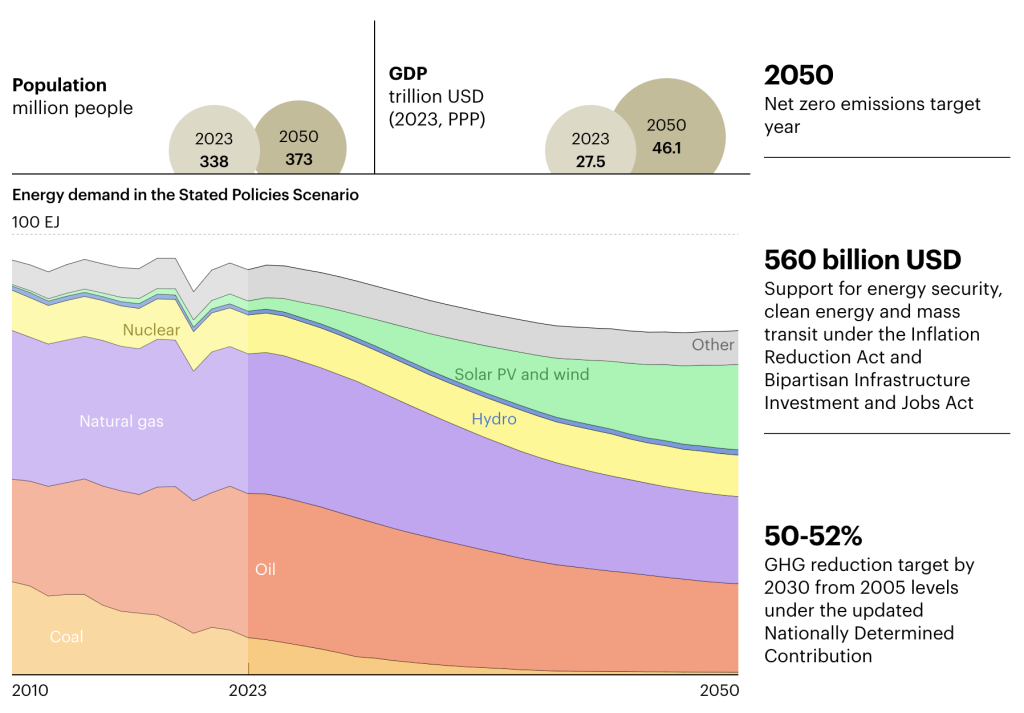
The International Energy Agency has released its annual World Energy Outlook and is projecting a continued shift from the use of fossil fuels to low-emission sources generating more than half of the world’s power by 2030.
In all of the scenarios described by the report, growth in global energy demand is expected to slow due to efficiency gains, electrification and a rapid buildout of renewables. Demand for oil, gas and coal is projected to peak by the end of the decade with nearly every 50% of all cars sold in the world being electric by 2030. Another notable trend is a shift in both emerging market and developing economies for greater access to clean cooking.
“In energy history, we’ve witnessed the Age of Coal and the Age of Oil,” said IEA Executive Director Fatih Birol. “We’re now moving at speed into the Age of Electricity, which will define the global energy system going forward and increasingly be based on clean sources of electricity.”
Charts produced by the IEA show that energy consumption by the United States with the world’s largest economy will decline overall even with its GDP growing another 67% by 2050. Much of the gains in efficiency will come from clean energy policies to support the target of net zero emissions set by the Inflation Reduction Act and Bipartisan Infrastructure Investment and Jobs Act.
The report also highlighted near-term risks to energy security in light of escalating risks for disruption to oil and gas supply due to conflict in the Middle East. 20% of today’s global oil and liquefied natural gas (LNG) supplies continue to flow through the Strait of Hormuz, a maritime chokepoint in the region.
Image credit: International Energy Agency




